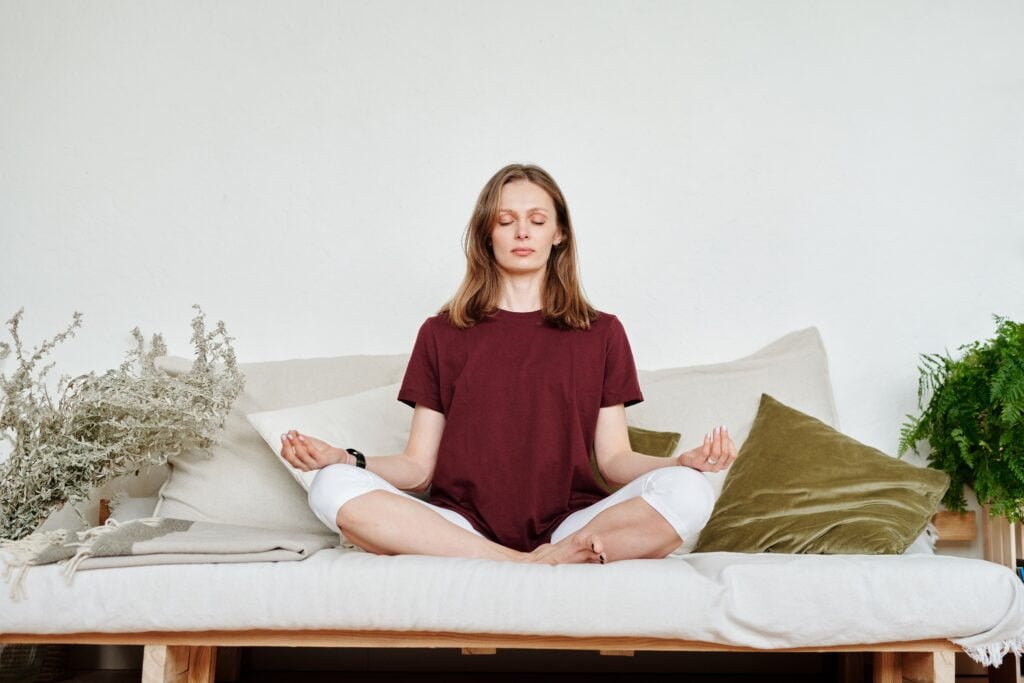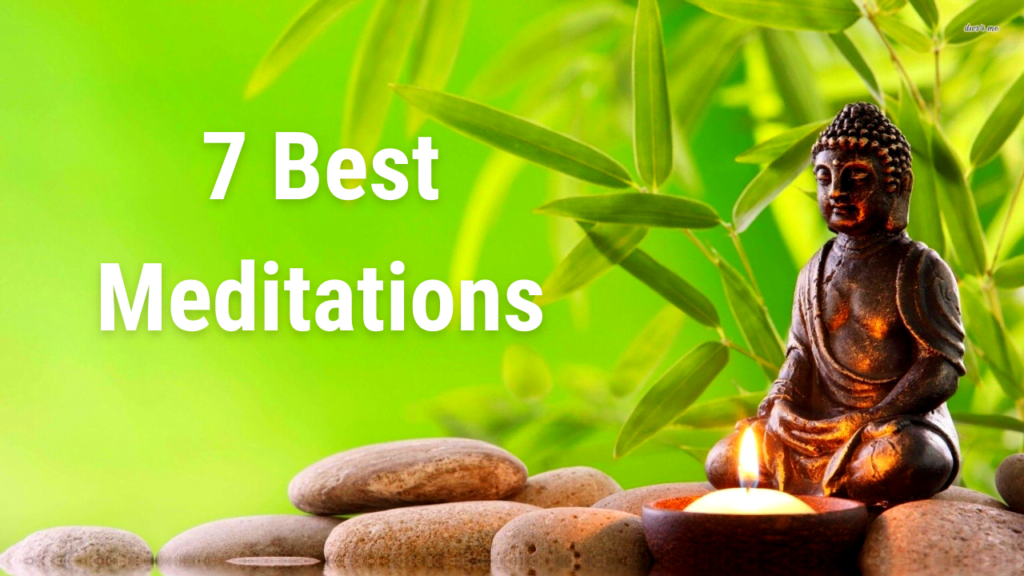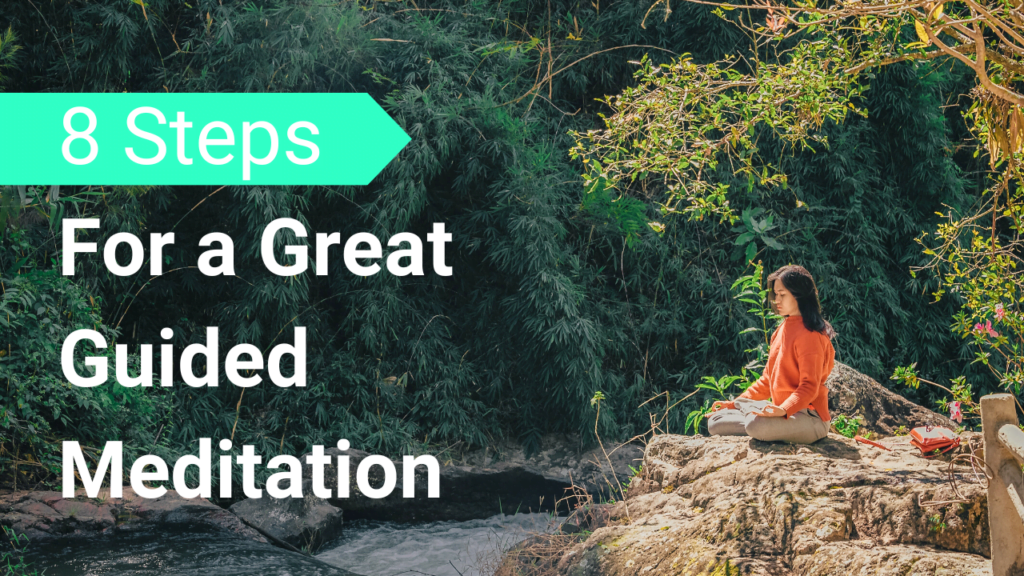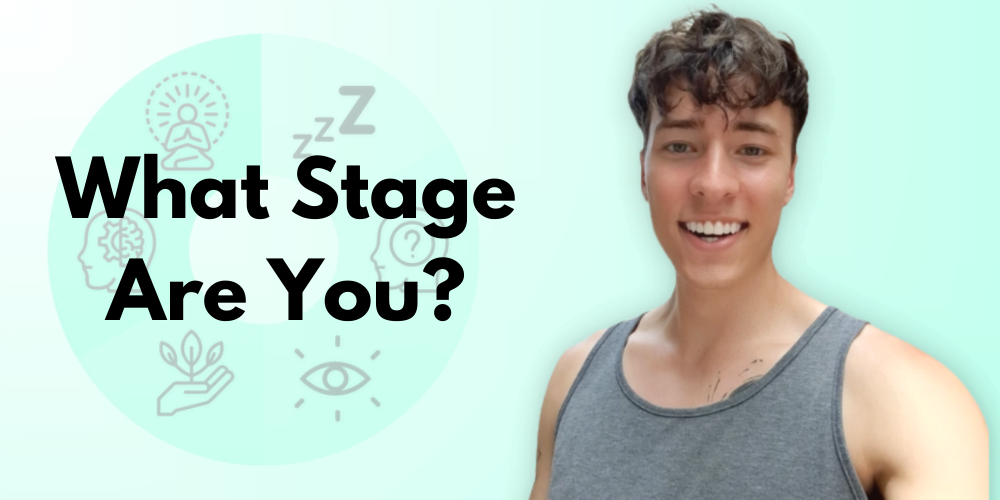How to Transform Your Life With Meditation
What if I told you there was just one practice you could implement for only 10 minutes a day that could completely change your life. Yep you guessed it, meditation is the practice I’m talking about. By cultivating a meditation practice for as little as 10 minutes every day you could: “Just with a 10 minute practice once a day?” you ask. And the answer is of course yes, the compound return on a 10 minute investment of meditation has been proven to do all of those things. What is Meditation? I’m sure if you’re reading this article you probably already know what meditation is, but just to be safe I want to give a full explanation of what meditation really is before we continue for anyone that doesn’t know. At its core, meditation is the practice of training the mind to focus and become more aware of the present moment. It’s about cultivating a state of mindfulness, which allows us to observe our thoughts and emotions without judgment. Meditation is the tool of observation and awareness of the present moment. Awareness is the key to all meditative practices and its the thing that allows for real change to occur in your life. If you aren’t fully aware of yourself, your thoughts, your behaviors, and your environment you definitely won’t be able to change it. You need to know what needs to change first before you can change it. What’s the one practice that can jump start this process of positive change in yourself and your life? Meditation. How meditation can transform your life Establishing a meditation habit in my life has been extremely beneficial. If you’re looking to transform yourself into a overall better human being, meditation is a powerful tool to help you achieve that. Meditation can physically change your brain People who regularly meditate have a more developed brain areas responsible for concentration, decision making, emotion regulation, and memory. By implementing meditation into your daily routine you can physically transform your brain to function at a higher level. Here are a few of the brain structures you can literally change with a 10 minute daily meditation practice: Improve your sleep and overall wellbeing I can’t begin to count the number of times I couldn’t sleep, put on a YouTube guided meditation, and 10 minutes later found myself dosing off to sleep. A quick session of meditation at bed time can help unwind your mind, let go of tension, and fall asleep quickly. Not only can a meditation session at bedtime help you fall asleep, but people who meditate during the day have an easier time falling and staying asleep compared to non-meditators. Modern science tells us that meditation fosters the autoregulatory nature of the brain, helping you produce melatonin at the right times and amounts for restful sleep. But that’s not all. What if I told you that people who regularly meditate physically require less sleep. Yep, meditation can actually replace the and reduce the amount of sleep you need every night, giving you more waking hours of the day. Research from Oregon State University found that 10 minutes of meditation could replace 44 minutes of sleep. Now this doesn’t mean you can just meditate for 2 hours a day instead of sleeping. However, it does mean that if you lost an hour of sleep last night, a quick meditation may make up for that lost hour. Increase your self awareness Are you the type that likes to introspect and understand yourself better? I definitely am, and meditation has been a fantastic tool for increasing that self awareness. It’s not just meditation that allows for this increase in self awareness, but the cultivating of mindfulness and practice of self observation. Slowing down and focusing the light of your awareness on yourself can unveil all kinds of hidden thoughts and emotions inside. I find that I’m much more likely to discover something about myself when I’m being mindful versus when I’m being unconscious. Without mindfulness we can brush all of our problems under the rug and focus our attention on the distractions of the external world. The problem with this is that no real internal progress is ever made if we don’t turn our awareness on ourselves. We first need to become aware of the problems before we can change them. A simple meditation habit every day can make a much larger difference in this area than you might think. Reduce stress and anxiety This one is pretty well known and deeply researched. Meditation can absolutely cause a reduction in stress and anxiety. As you saw earlier in this article, meditation literally shrinks the area of the brain responsible for fear and anxiety. There is all kinds of scientific literature you can read out there that will all say the same thing: Meditation leads to greater peace and lower levels of stress and anxiety. You don’t need to read the science to know this however, It’s pretty self explanatory. Just give a quick 5 minute meditation a try and you’ll see for yourself that you’ll just feel better after slowing down and being mindful. It’s not complicated, in fact it’s the simplest thing you can do and you can start right now with nothing but your mind and 5 minutes. Become a kinder human being There’s actually a whole subsect of meditation called “loving kindness meditation” that focuses on fostering a loving and kind attitude. I find that just by mindfully breathing for a few minutes before a social event I’m almost always kinder and more understanding of the people around me. But hey don’t take my word for it, let’s look at the science. The Journal of Experimental Psychology recently found that mindfulness meditation leads to an increase in empathy and kindness towards others. This makes complete sense to me because if you’re able to create some space between your thoughts and behaviors with mindfulness practice you can start to have more control over them and









